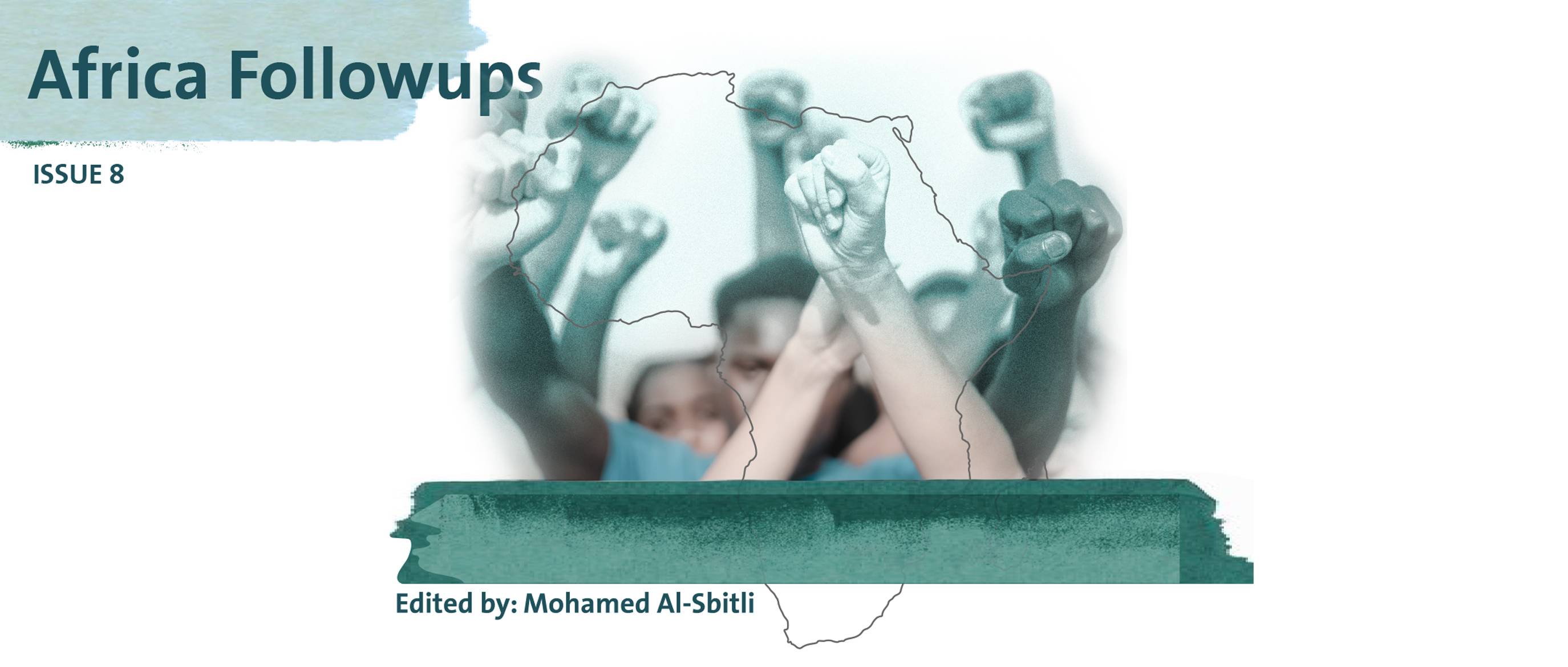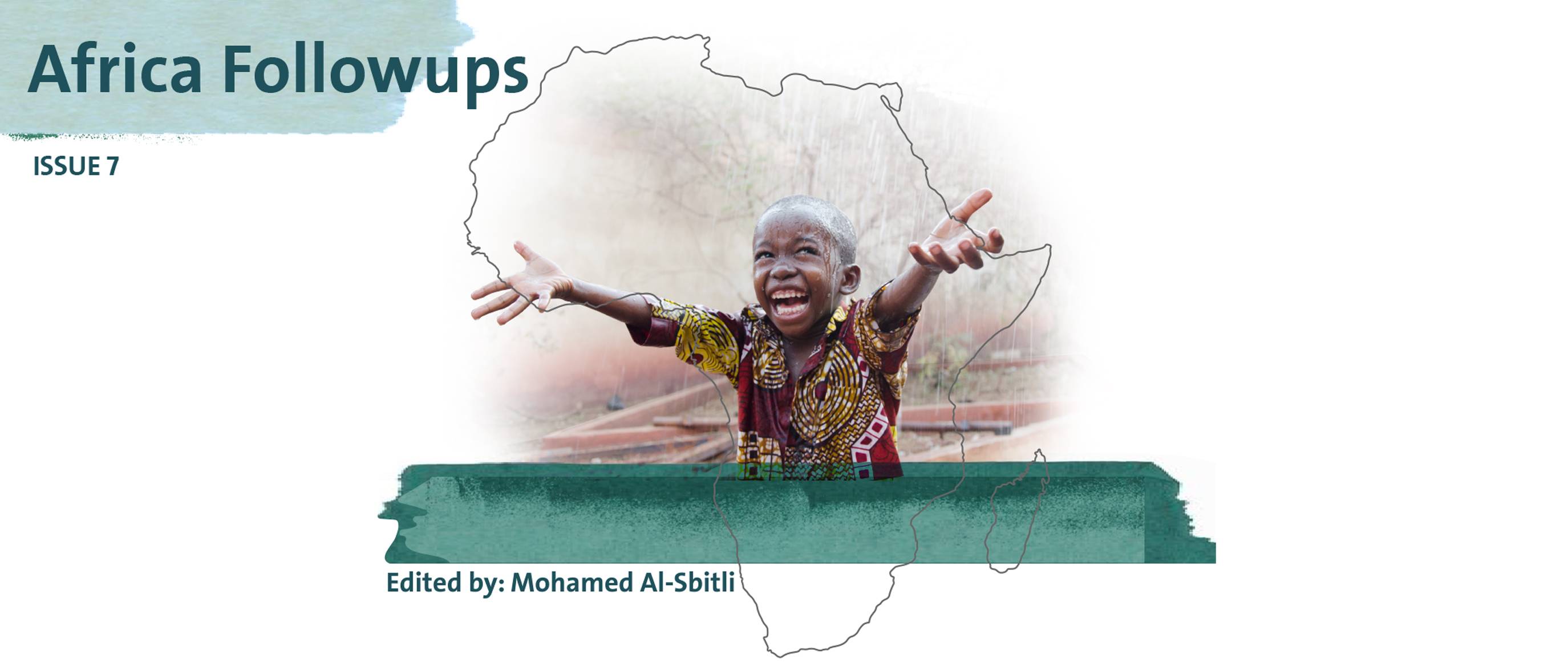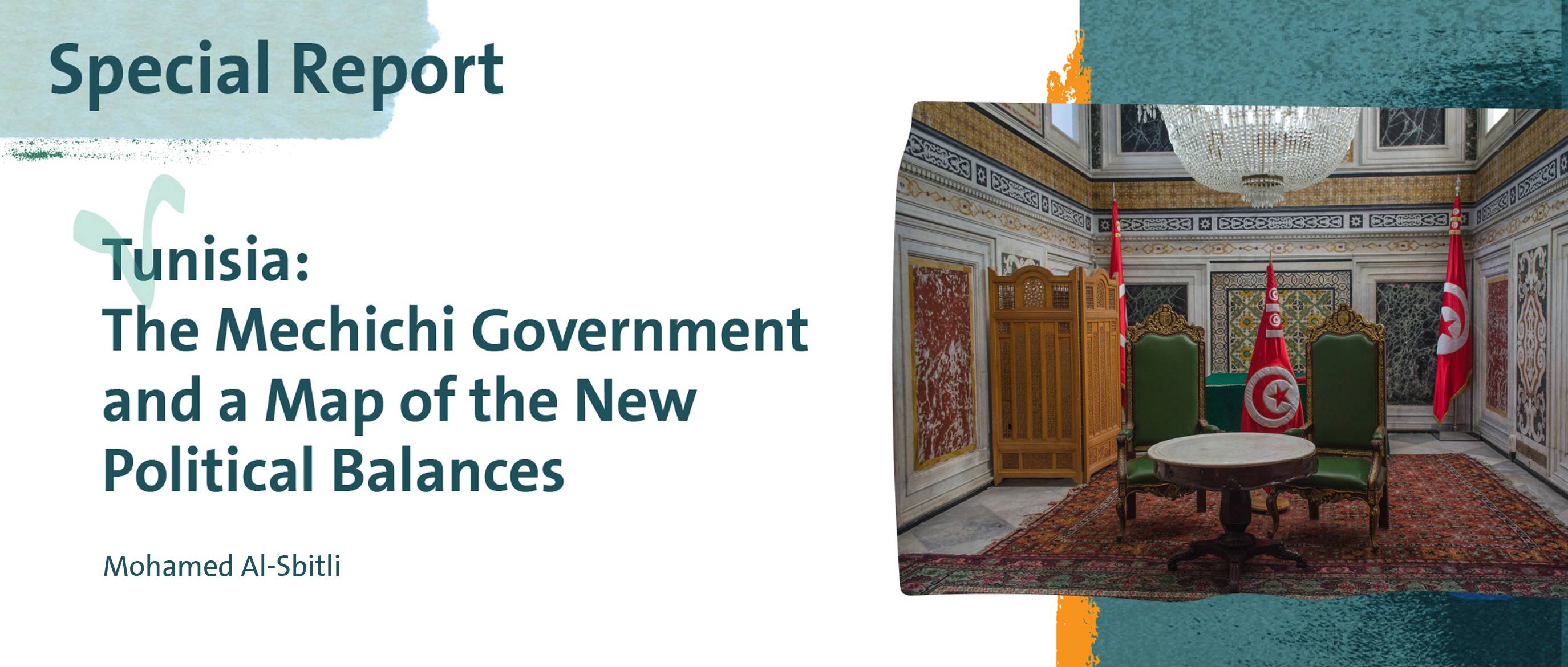Research Papers
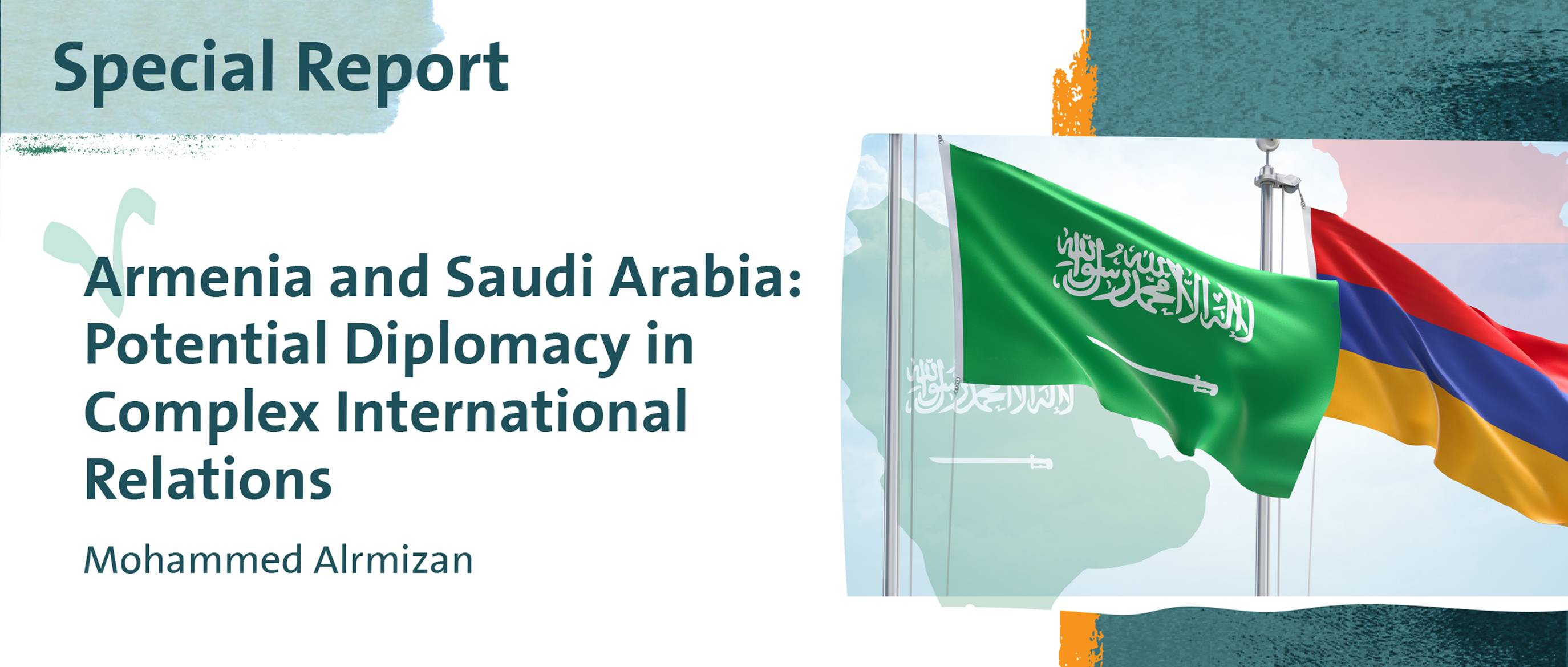
Number:
Author: Mohammed Alrmizan
As a part of series of reports on the Saudi bilateral relations in the southern Caucasus, and following the first report on Azerbaijan and Saudi Arabia (2019), this report analyzes the prospects of Armenia and Saudi Arabia, potential diplomacy, and current barriers. First, the report introduces the historical background and highlights Saudi foreign policy in the southern Caucasus. Second, it explores Armenia’s international relations and geopolitical strategies. And third, it focuses on potential Armenian–Saudi rapprochement while considering regional barriers. In the end, while this report finds some events that may lead to the rapprochement between the two countrie

Number:
Author: Joseph A. Kéchichian
This Commentary asks whether Turkish and Iranian officials’ aspirations to lead the Muslim world are realistic. The author states that Recep Tayyip Erdoğan’s Turkey, claiming to represent Sunnis, challenges Egypt and Saudi Arabia in the Arab world while ‘Ali Khamenei’s Iran seeks revenge on the Arab successors to the ‘Umayyad Empire, to avenge the “martyred” family of the Caliph ‘Ali, especially his son Hussein. The Commentary argues that such goals are unrealistic to implement.
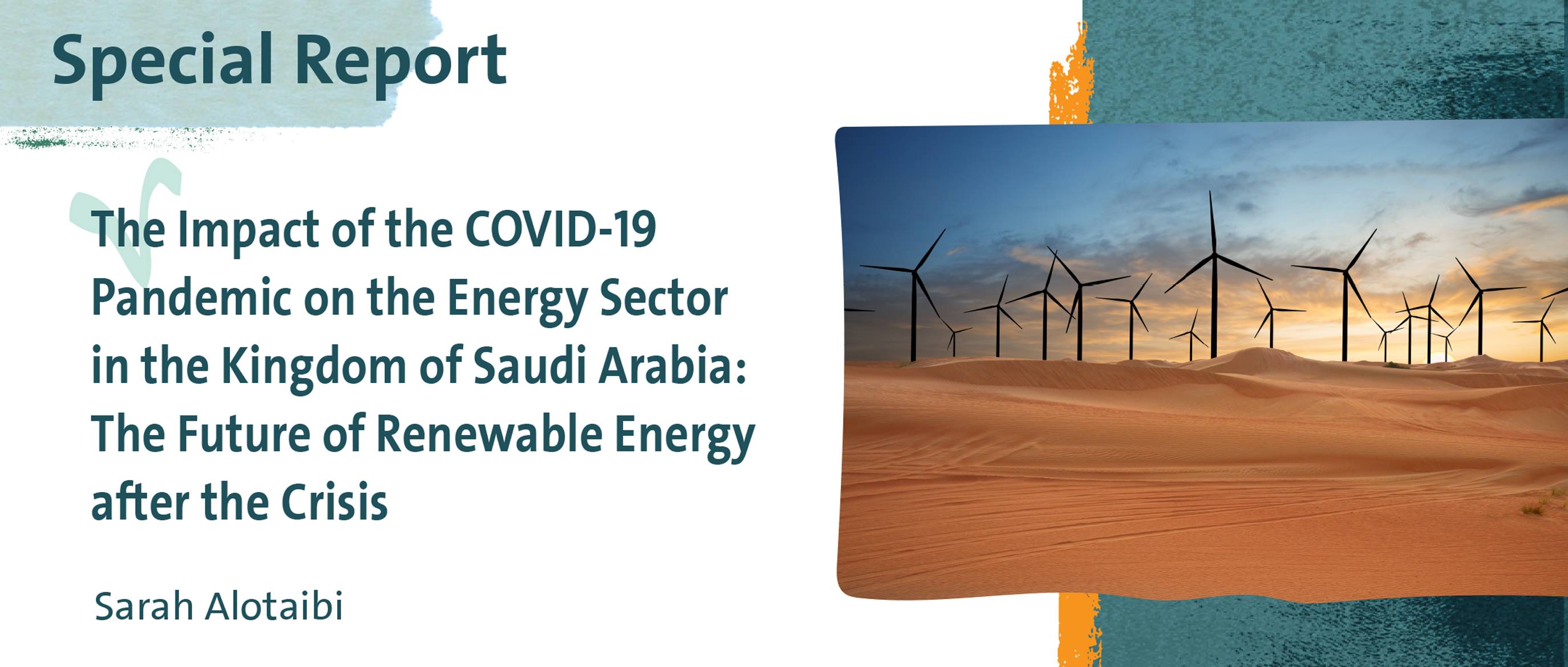
Number:
Author: Sarah Alotaibi
This report focuses on the impact of the COVID-19 lockdown on domestic electricity consumption in the Kingdom of Saudi Arabia. It includes a breakdown by percentage of how different energy sources, including gas and renewable energy (RE), are contributing to the total energy mix during the crisis. Finally, it highlights the importance of renewable energy sources for the sector after the pandemic.
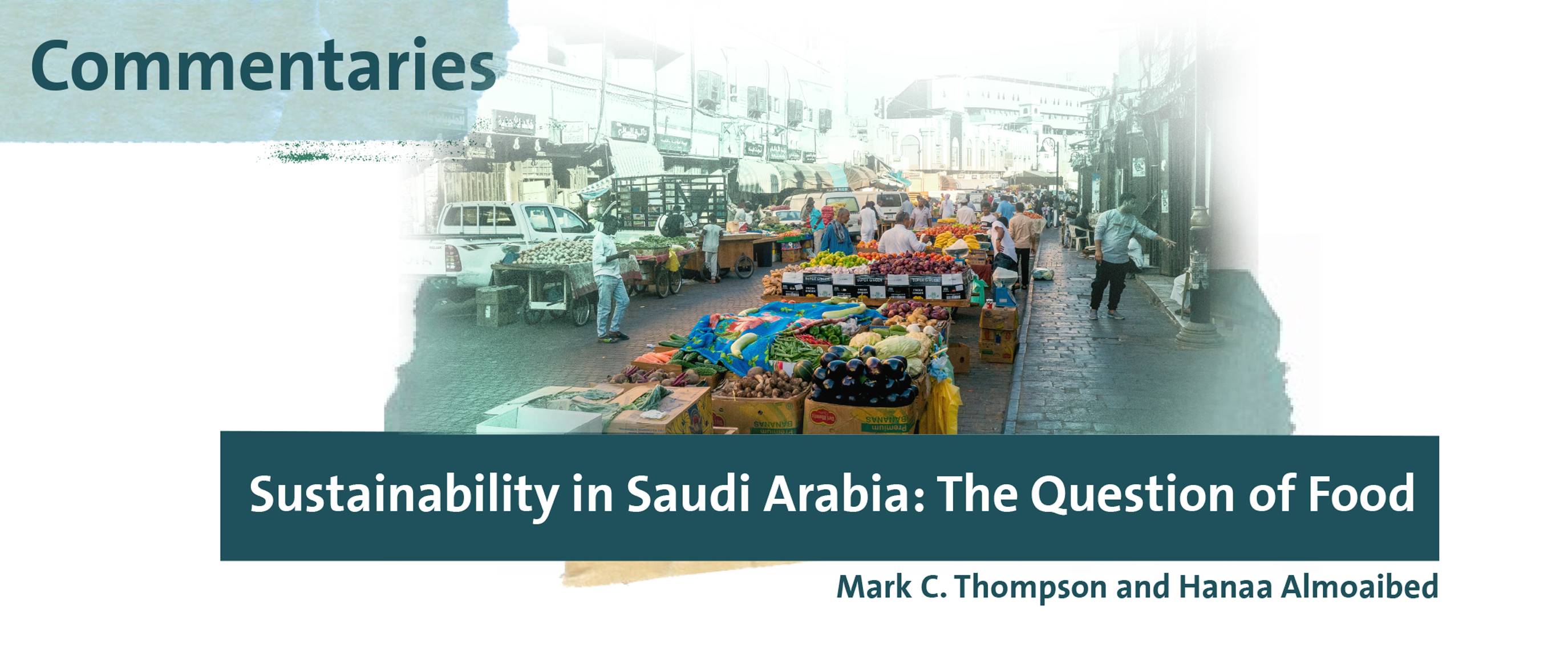
Number:
Author: Mark C. Thompson and Hanaa Almoaibed
Multiple estimates suggest that Saudi Arabia may have one of the highest rates of wasted food globally. Key contributors to waste include culture, food valuation, policy, and industry factors, as well as societal awareness and concern. However, the Saudi National Transformation Program aims to transform healthcare and avoid health risks, a goal that involves improved food preparation and better food consumption practices. Hence, this commentary highlights key issues related to food and sustainability in the Kingdom. Considering Saudi Arabia’s limited arable land and scarce water resources, the commentary discusses the local dimensions of environmental and socioeconomic imp
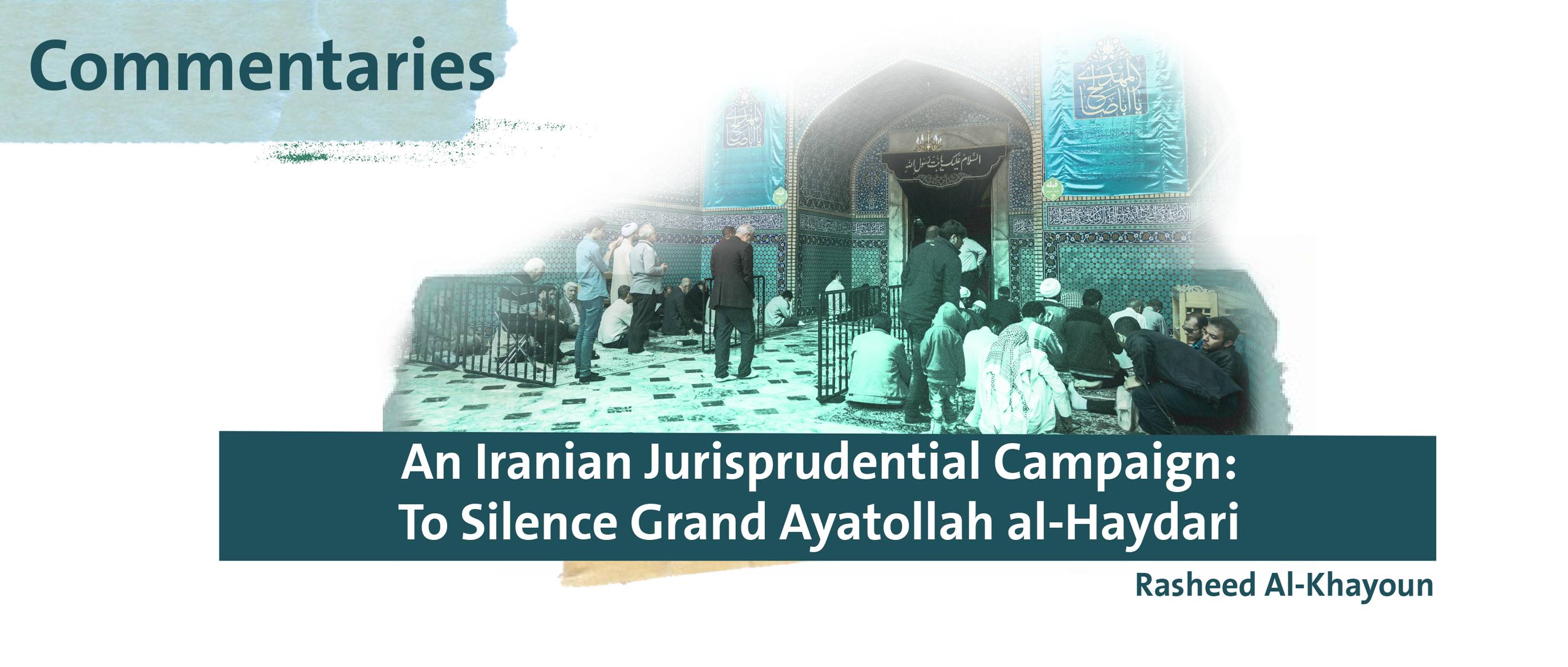
Number:
Author: Rasheed Al-Khayoun
Statements were recently issued by Iranian jurists of the Qom Seminary repudiating Grand Ayatollah Kamal al-Haydari. Born and raised in Iraq to a “fervent and pious” Arab family, al-Haydari studied in Karbala, Najaf, and then in Qom, according to his official website. He rose to prominence through his lectures, which were broadcast on the Iranian public television channel Al-Kawthar TV. The channel stopped broadcasting his lectures, however, due to concerns over dubious research and messaging that was inconsistent with widely held public and private legal knowledge, including legal precedents that serve as a foundation for many major issues of law. Reinterpretin
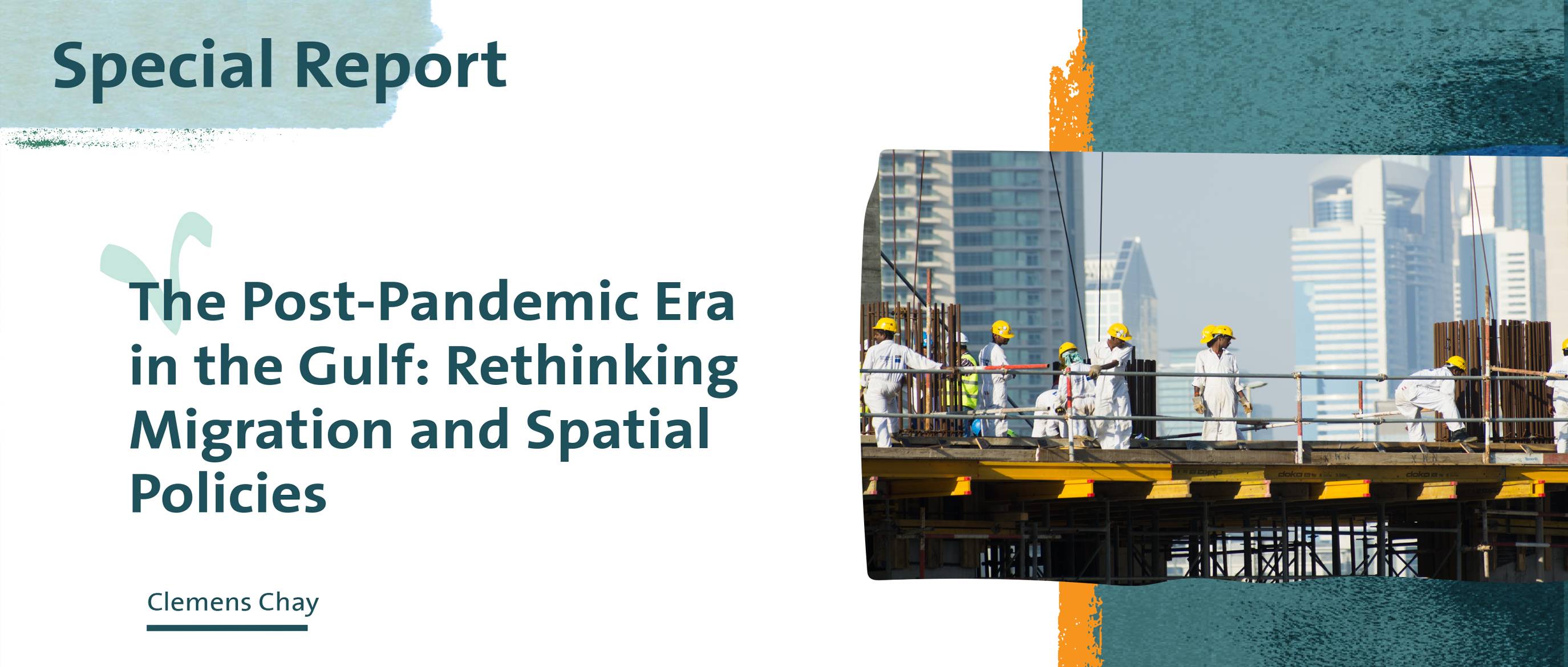
Number:
Author: Clemens Chay
The coronavirus pandemic has magnified the politics of exclusion in the Arab states of the Gulf, placing a huge strain on their institutional capacities. Amidst these uncertainties, Gulf authorities moved to repatriate a large segment of foreign labor. The bleak economic outlook will compel Gulf nationals into lower-paying private sector jobs, but there remains a mismatch in skillsets and wages. This paper argues that the post-pandemic era presents windows of opportunity to improve existing migration and spatial policies, whether by tapping into specific foreign expertise to cultivate local human capital, or improving the kafala (sponsorship) system that processes the i
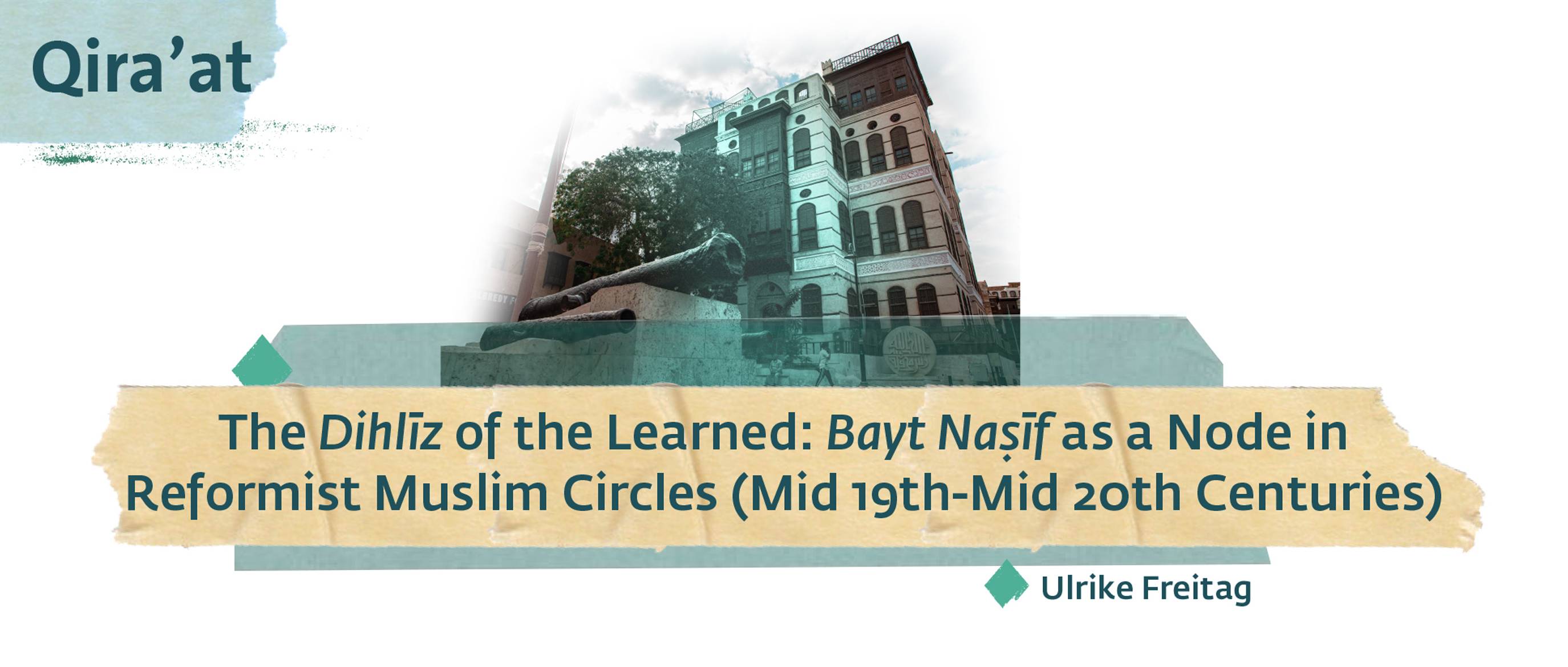
Number: 12
Author: Ulrike Freitag
This article discusses how the abstract notion of Jeddah as an entrance hall or dihlīz of Mecca translated into social practice. It explores this by using as an example the different ways in which members of the Naṣīf family, most notably Muḥammad Ḥusayn Naṣīf, acted as hosts in their house which had been constructed with view to accommodating high-ranking guests. The hospitality displayed was a religious duty to the pilgrims heading for the “House of God”, the holy mosque in Mecca, a political obligation to the Sharīf of Mecca and later the Saudi King, a function of the economic pursuits as grain merchants as well as an expression of the intellectual

